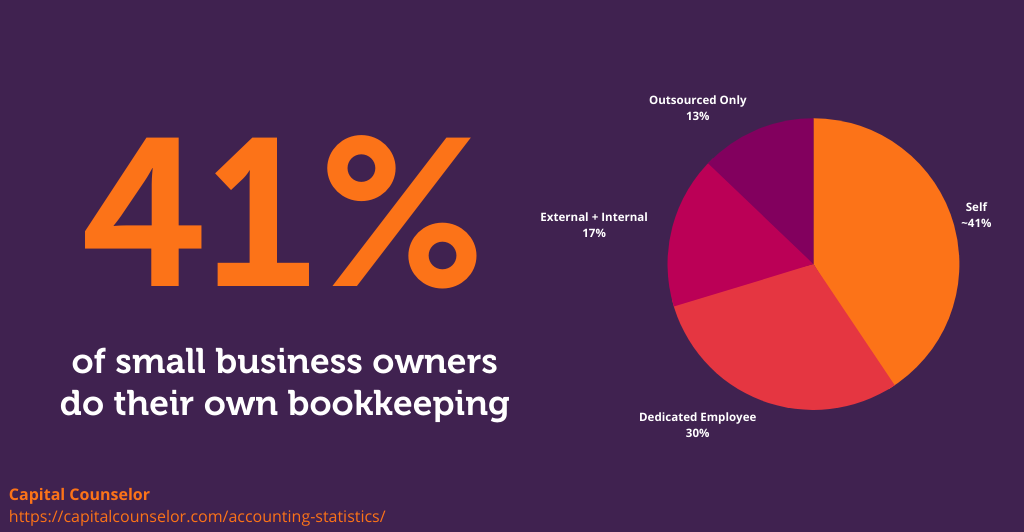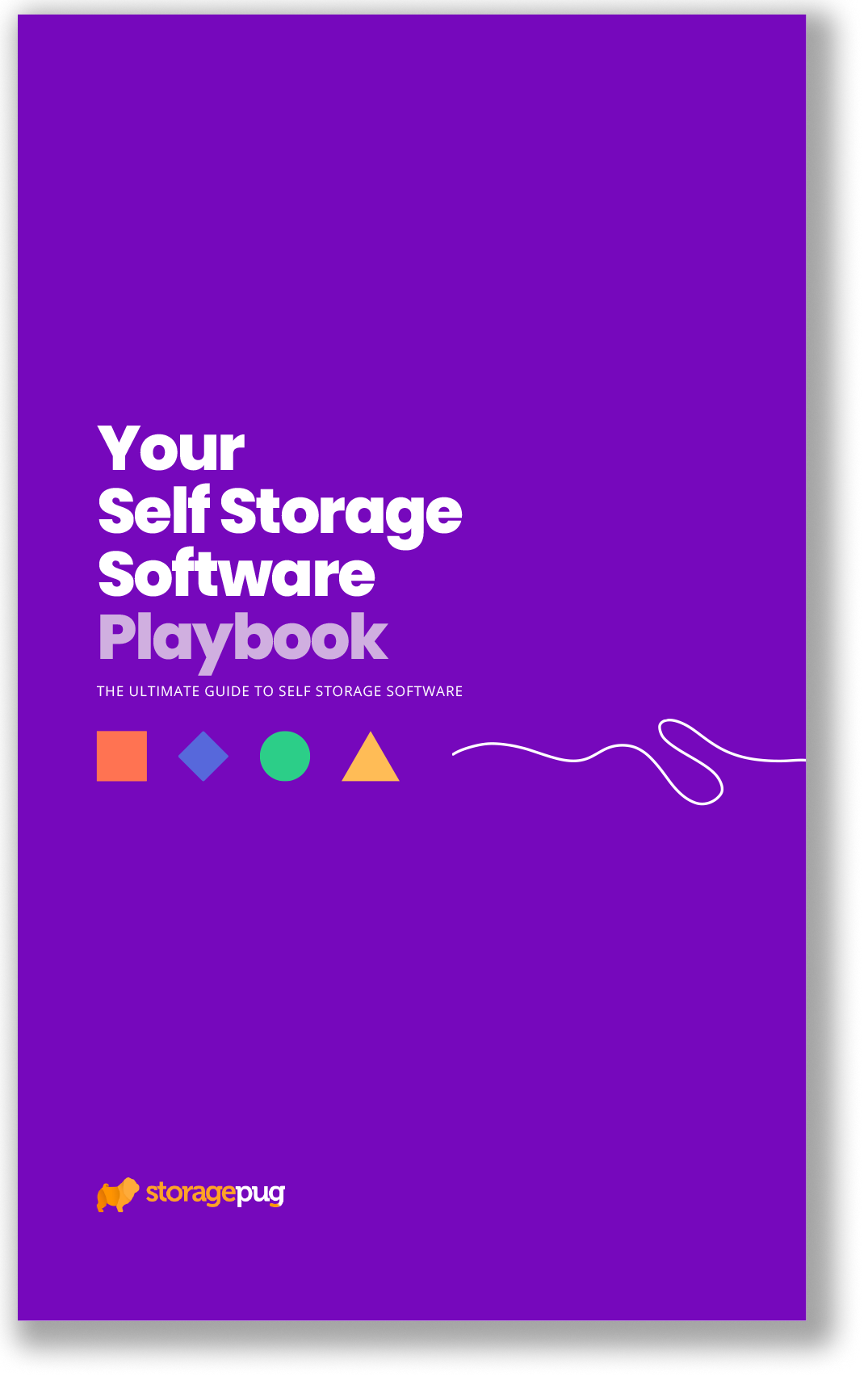Menu
May 10, 2022


No one uses every feature of their accounting software.
Most self storage operators probably don’t even use half of them. Some property management systems have accounting features built-in, but if yours doesn't, you're likely using a general small-business accounting software.
Regardless of the software you use, here are a few self storage accounting reports that can help you sniff out a problem before it has time to grow.
If you’re doing your own accounting, as many small business owners do, your PMS may be the best tool you have for understanding your finances. Not all property management software is created equal and your mileage may vary, but whatever program you use for accounting will have a reporting feature.
Here are some self storage PMS reports to keep an eye on, too!
But if you’re not an accountant (leading a glamorous double life as a masked self storage vigilante), how would you know which of the dozen reporting options actually matter?
You’ve got to be able to determine the signal from the noise. For self storage accounting reports, that means picking out the ones that can actually help your business make money and not wasting time on those that won’t.

You have to know how much money you’re making and spending, of course, but you may not know that your PMS or accounting software can put together a comprehensive report with the press of a button! Look for an option to generate a Profit and Loss Statement or an Income Statement.
The profit and loss self storage accounting report is the baseline measurement for how much money your business made (or didn’t) over a certain period of time. This report is the best way to keep an eye on your bottom line over the course of business.
This income statement (often called the P&L) keeps track of how much money you bring in from rentals, how much you spend in different areas, such as maintenance, property costs, and labor, and how much you’re left with at the end of the day.
You can check your P&L report monthly, quarterly, or even less frequently, but having a finger on the pulse of your finances is important. This allows you to intervene before a problem can turn into a disaster.
The balance sheet shows (surprise) the balance between what you owe and what you have. This one is typically presented as a table with two columns, one for your outstanding debt and one for your assets. At the bottom, you can see how the two different figures compare.
This is particularly important if you’re considering selling your self storage facility. Your balance sheet shows how much you still owe, which can help you understand what sort of offer you’d need to entertain for it to be worthwhile.
Some of the information on a balance sheet is concrete, but some is an estimate. The value of your self storage facility, for example, will vary depending on how much a potential buyer thinks it should be worth.
The final numbers are determined by the information you put in. No matter how good your accounting software is, it can’t tell you the exact resale value of your facility.
Don’t take the numbers as gospel, but the balance sheet can be a good way to get a zoomed-out view of your financial situation.
The accounts receivable aging report details how much you’re bringing in and how long it’s taking to do so. This is a great way to see all the stats about your collections process–how quick is it, how efficient is it, how effective is it, etc.
Pug Pro Tip: Encourage automatic, online payment whenever you can!
This self storage report will show you if there’s a problem brewing with late payments sabotaging the rest of your finances. If your accounts receivable aging report shows that most of your income is on time and accounted for, great! But without checking the report, it can be hard to tell the two possibilities apart.
Your aging report will help you recognize common trends in your business practices. It’s also great at finding consistently problematic customers that might have slipped beneath the radar. This report gives you the hard data you need to determine whether it’d be best to refuse to renew the lease for certain tenants.
An extension of this is the revenue by customer report. This is a quick way to determine which customers are giving you the most money. With self storage operations, this is sometimes just a function of who is renting your biggest units, of course, but it’s still important to see what percentage of your business these premium customers make up.
If you discover that a handful of customers comprise a huge chunk of your revenue, you may need to take steps to protect yourself in case they stop renting. If, for example, lots of these customers are in the same industry, you could be vulnerable to a downturn in that industry. If a single commercial customer is renting all your commercial storage space, that tenant leaving could make it hard for you to meet your financial obligations.
These reports help you see the entirety of your financial situation. While you certainly understand the day-to-day, humans are not great at estimating big numbers. Having all your income and expenses compiled in one place gives you a way to see them completely and objectively.
This can eliminate some serious headaches later! If you get in the habit of checking your vital self storage reports every month, or at least every quarter, you can be confident that problems aren’t sneaking up on you.
See some of my other favorite posts:
At StoragePug, we build self storage websites that make it easy for new customers to find you and easy for them to rent from you.
